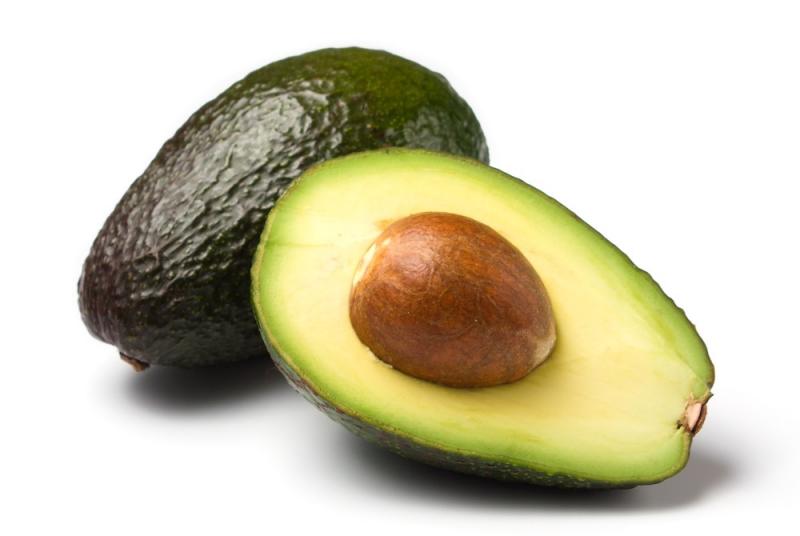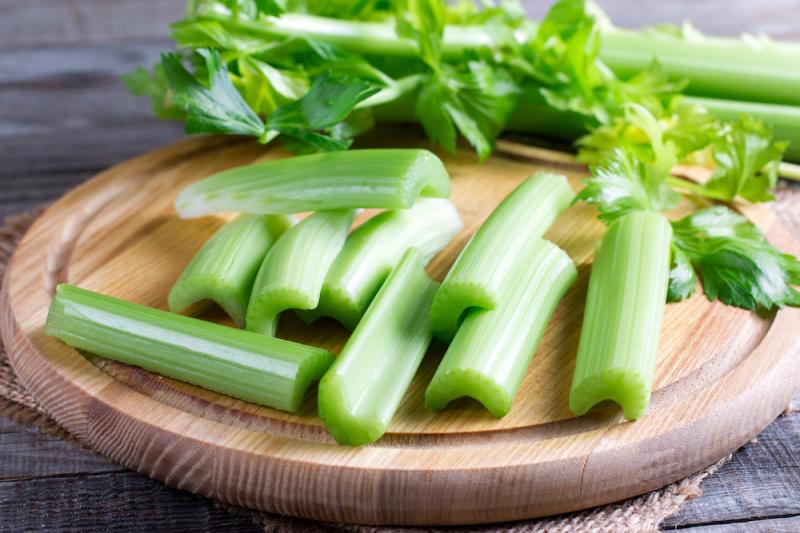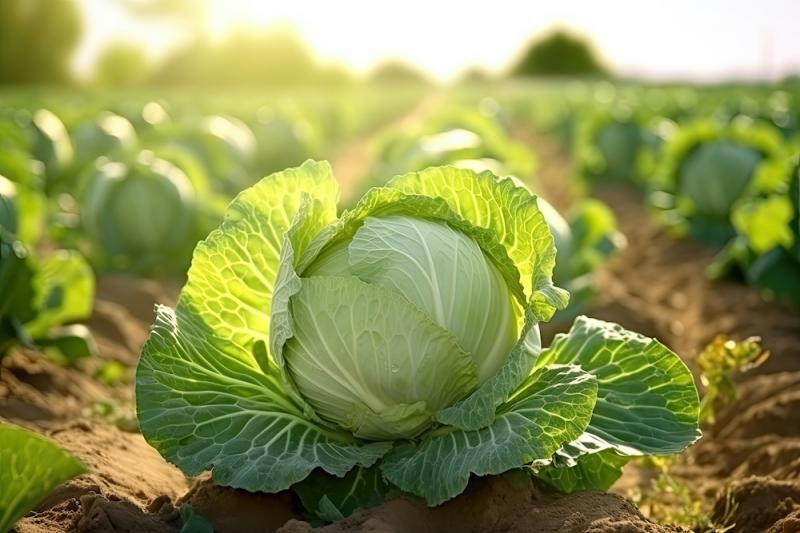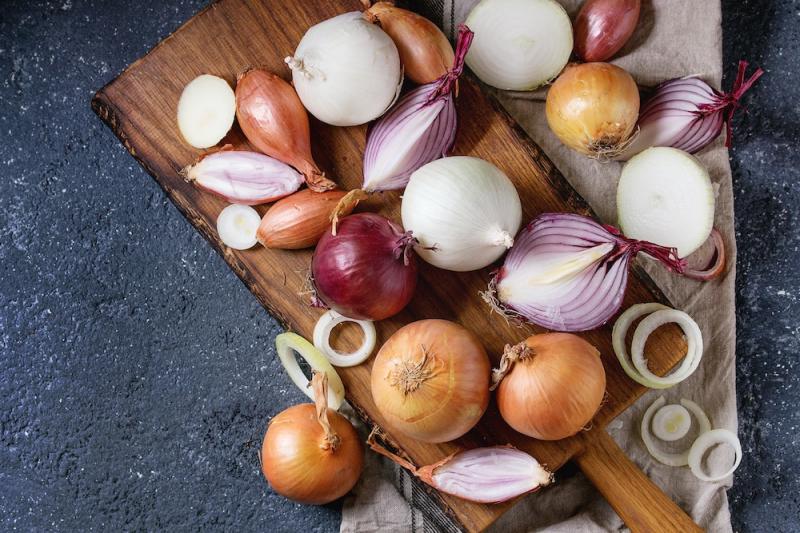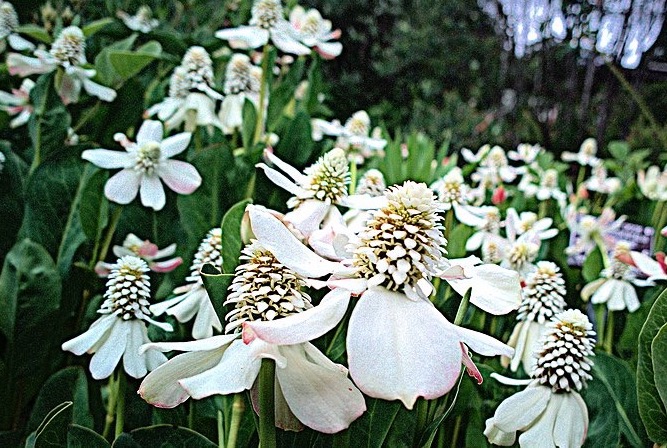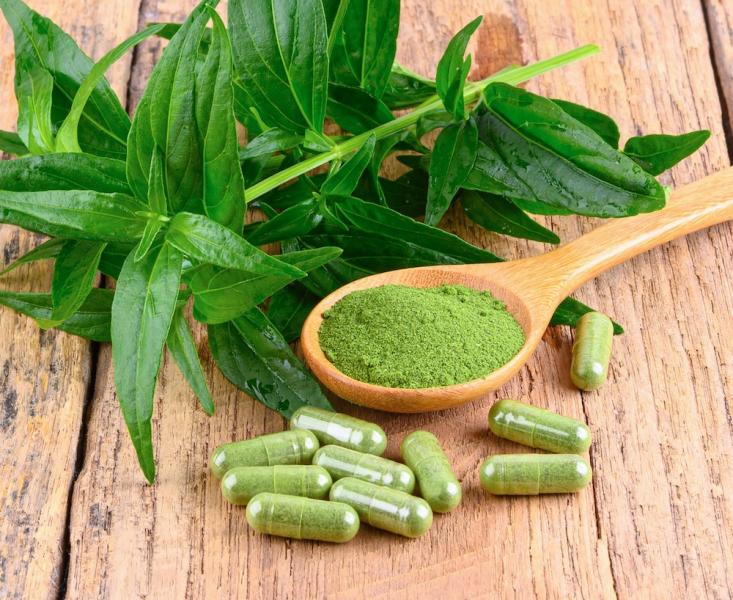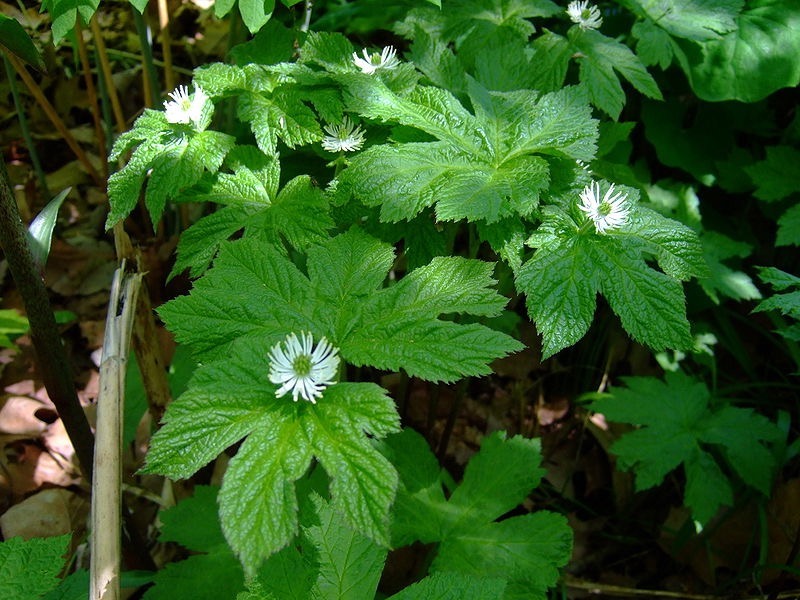- November 21, 2023
Celery as Food and Medicine
When it comes to plants, it’s not easy to determine where food ends and medicine begins. Take celery as an example, it is clearly a food, but it’s one of those foods that has medicinal or healing properties. In terms of medicinal properties, I classify celery stalks as a salty remedy because of the mineral salts it contains. Salty herbs aren’t salty in the way we think of foods that contain table salt, sodium chloride. Their mild salty flavor is due to their content of other mineral salts.…
- November 14, 2023
Wonderful Cabbage
This cruciferous vegetable can aid the liver and digestive health. Cabbage is a sulfur-rich compound that is easy to get and eat. It can also be used as a poultice to help reduce swelling and pain.
- November 13, 2023
Making Fermented Vegetables
Probiotics (friendly bacteria) are an important part of intestinal health, which is why many people try to use probiotic supplements and fermented foods to restore gut health. Yogurt and other fermented dairy products like Kiefer are often promoted as foods for improving gut health, but fermented vegetables are probably the best ways to repopulate the colon with friendly bacteria. You can purchase fermented vegetables at many health food stores and even some supermarkets, but they are also very…
- November 7, 2023
Onions: Garlic's Milder Cousin
You can ease earaches, clear congestion, fight infection, and aid circulation with this common grocery store staple. Onions have very similar uses to garlic (Allium sativium), but are milder in action.
- October 27, 2023
Yerba Mansa
It’s no secret that I love plants. Whenever I’m hiking or even driving past an area I’m constantly observing various species and making mental notes about the ones I know and the ones I don’t know. I also periodically flip through pages of photos in plant identification books, again noting ones I’ve seen in the wilds and ones I haven’t. Right near the entrance to the freeway by the area of Leeds, Utah where I used to live, I spotted a plant with white flowers growing in a slightly marshy…
- October 24, 2023
Andrographis
Andrographis has a long history of use in Ayurvedic and Chinese medicine. It grows all over India in a wide variety of soils, including plains, hillsides, roadsides, and seashores, in both dry and wet soils. In Northeastern India it’s known as maha-tita, which means “king of bitters.” Its cooling and antimicrobial properties have led to its use for a wide variety of ailments. Andrographis Research Andrographis began to appear as a remedy in the West and in Western herbal formulas because…
- October 17, 2023
Goldenseal Root
A valuable, but overharvested, herb for fighting infection and toning mucus membranes. Because of its many uses, goldenseal was widely used and overharvested in the 80s to 90s. And while it is important to use alternatives it still hase some unique uses.

